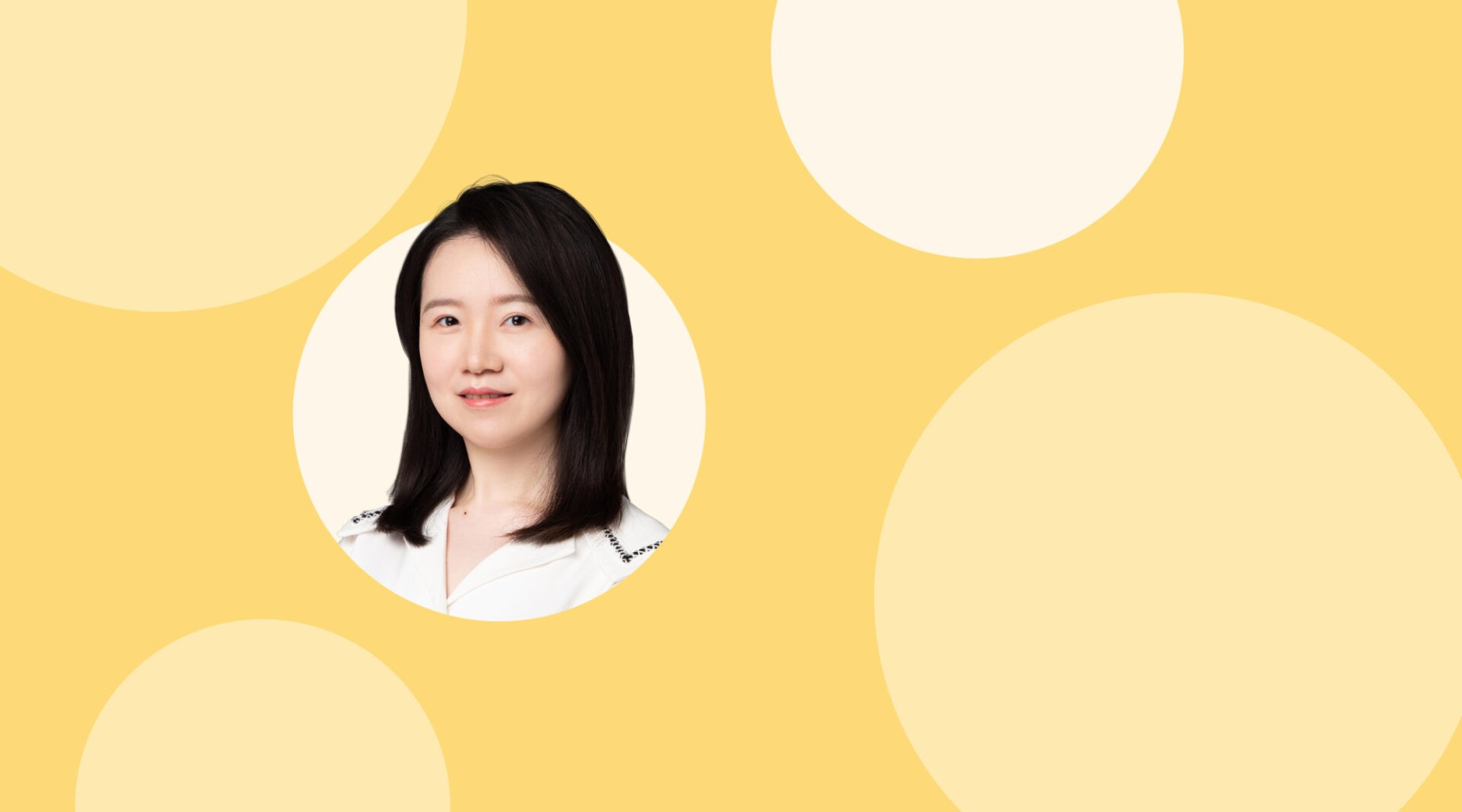Qingling Ni
she/her
Qingling is an astronomer at the University of Edinburgh studying the bright and active centers of galaxies to learn how supermassive black holes in the Universe form and evolve.
Highlights
Studies Active Galactic Nuclei—supermassive black holes surrounded by glowing hot gas that can be some of the brightest objects in the Universe!
Can write, paint, play instruments, and do science!
Has won a prize for a short film
Most massive galaxies have a central black hole that’s million-to-billions of times the mass of our own Sun. Some of these supermassive black holes are even among the brightest objects in the entire Universe! Wait—black holes can be bright, you might ask? Well, the gas around them can be! Called Active Galactic Nuclei (AGN), these supermassive black holes accelerate surrounding gas to incredible speeds, causing it to heat up and glow. But not every supermassive black hole is an AGN—some sit at their galaxies’ centers not making much of a fuss. So how do AGN (and their galaxies) form and evolve? Qingling Ni, a postdoctoral researcher at the University of Edinburgh, is trying to answer this very question.
Galaxies and their supermassive black holes aren’t independent from each other—they’re connected and evolve together. Therefore, astronomers can study the black hole to learn about their host galaxies, and vice versa. Specifically, they study AGN because black holes are, well, black and hard to see, but the glowing gas around AGN allows astronomers to indirectly learn about the black hole. Qingling’s own research has revealed that the rate at which the black hole grows relates to how much material there is at the center of the galaxy. While astronomers have found several relationships between properties of supermassive black holes and their galaxies, the physical processes behind those relationships aren’t always clear.
To truly understand the physics, astronomers need to find a lot more AGN! But distinguishing AGN from their calm supermassive siblings is actually quite difficult with visible light. Luckily, stars and dust don’t shine much at higher energies like in X-rays, while AGN shine like beacons. While Rubin Observatory won’t take X-ray observations, it will see very distant objects like bright AGN. Qingling is already preparing for Rubin data by taking X-ray observations in small areas of the sky that overlap with Rubin’s survey area—comparing the two data sets will help her (and her computer) learn what AGN look like in Rubin data, which will make finding AGN in the full data set much easier! Rubin will be able to see AGN throughout 95% of the Universe’s history, meaning astronomers like Qingling will get a good look at how AGN (and their host galaxies) have evolved over time. “It [Rubin] will help us answer some really fundamental questions such as how these supermassive black holes form, how they grow, and how they interact with their host galaxies,” she says.
Qingling’s physics journey began after a first-place prize for physics in a competition in high school. She continued her journey at Fudan University in Shanghai, China, where she nearly dropped the subject because she wasn’t interested in the university’s speciality: condensed matter physics. But six months as an exchange student studying supernovae at the University of Copenhagen in Denmark convinced her that astronomy could be cool. After completing her bachelor’s degree in physics, she moved to the United States for a PhD in astronomy and astrophysics at Pennsylvania State University. That’s where she first got involved with Rubin Observatory—throughout her time at Penn State she joined the AGN science collaboration, participated in a “hackathon” to help figure out the best image-taking strategy for Rubin’s image survey, and completed the LSST Corporation’s renowned data science fellowship. Now at the University of Edinburgh, she’s continuing to prepare for AGN studies with Rubin data.
When she’s not thinking about active black holes at the centers of galaxies, Qingling enjoys painting on her iPad, writing, or reading novels. “What I really spend time doing is reading books that I have already read before. I just keep reading [them] thousands of times.” While she loved playing piano and cello when she was younger, those instruments are too large to move across multiple oceans. But she’s maintained her interest in the arts, noting that, “if I didn’t end up doing astronomy I might be doing some writing things as well as some film-related things.” In fact, before she decided to pursue physics, she won prizes for her essays and short films.
Qingling’s interests have taken her around the world, yet she’s been able to find her place studying AGN wherever she’s gone. Reflecting on her varied experiences, Qingling had these words of advice: “[There’s] nothing beautiful without struggle. I think persistence is important.”
Lightning round Q&A: Get to know Qingling better!
What is your favorite season?
Winter, I like cold snowy days.
What is a food or a meal that you could eat for a week straight?
I eat ice cream and chocolate every day…I know it’s not healthy but I’m very good at self control (and exercise a lot in order to eat without feeling guilty…)!
What animal would you swap places with for a day?
An eagle. I was going to say squirrel because they look relaxed, but I have seen a squirrel being eaten…
If you could live in any fictional universe, which one would it be?
Harry Potter!
What’s your most-used emoji?
The cry-laughing face 😂

